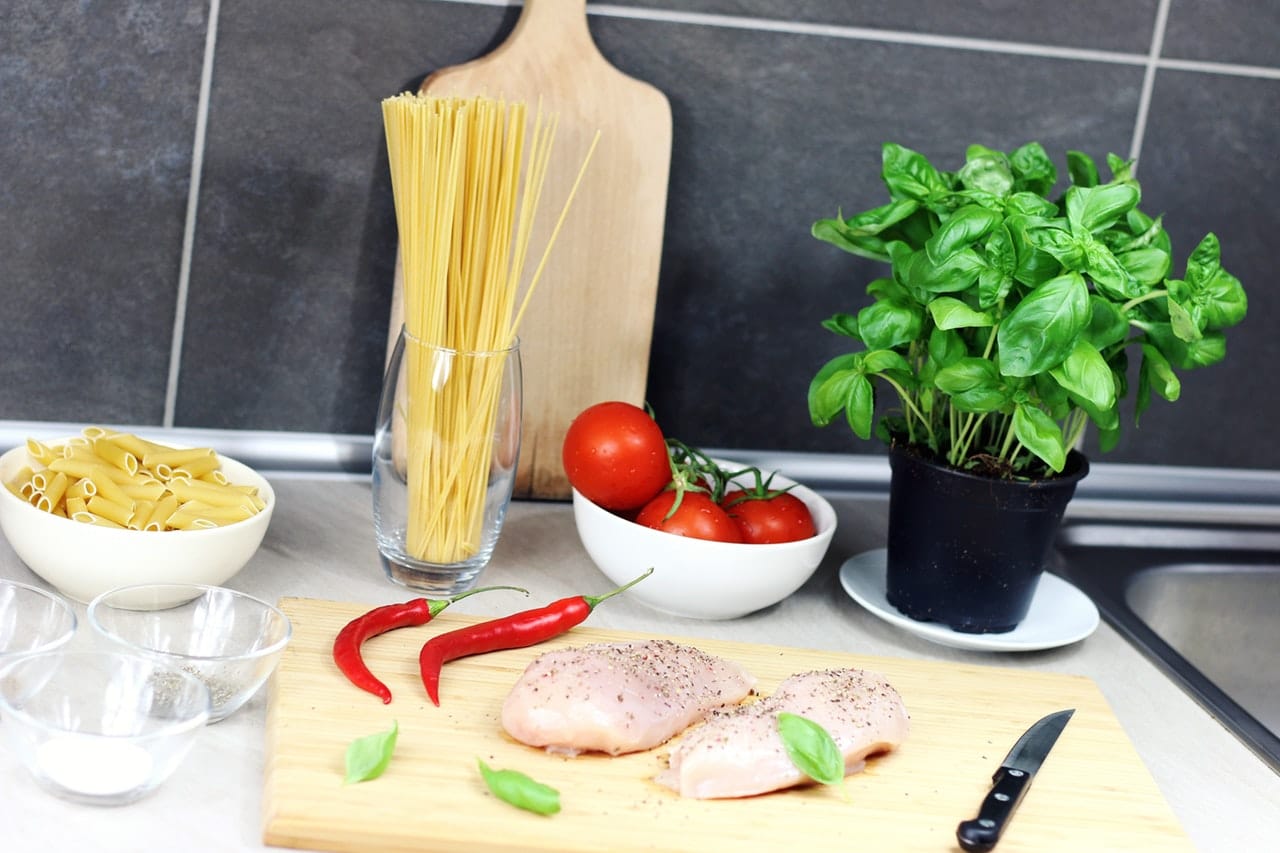If you think cutting boards are just cutting boards, and everything that you see on Amazon is just a standard cutting board size for all purposes, you are in for a big surprise. Cutting boards awesomely vary, and each type has its own set of benefits for the professional or aspiring home cook.
Do you want to know the best cutting board in 2020? Let us tell you about the best wood cutting board brands, as well as a unique cutting board called the Chopbox cutting board.
Nothing makes cooking more pleasurable than an ultra-modern chopping board that has raised almost $2 million as a Kickstarter project. The Chopbox cutting board has already reached its goal and is now making the cooking world a better world with its massive set of benefits.
The Chopbox cutting board is manufactured from 100% organic bamboo, has a dual board design, has its knife sharpeners installed into the body of the board, a digital timer, 254 nm UVC light, a built-in battery that lasts for a whole month, and a unique groove that catches juices squeezing out of whatever you are chopping.
We especially love the fact that this chopping board has all these features but remains wholly waterproof and even has a weighing scale!
The quick-charge function will also ensure that you will always have access to all the fantastic electronic tasks while cooking. With this board, we believe that home cooks will be able to increase their culinary game at least twofold by having so many tools and functions in one place.
-
Wooden Cutting Boards
Large manufacturers like Madeira and Epicurean make the best wood cutting boards. Many wooden cutting boards are still squaring up against more expensive ones made of materials like glass or marble.
Wooden chopping boards are also still popular with larger kitchens because they don’t damage or dull your knives (well, at least not immediately), and they are naturally sturdy for the most giant cutting jobs.
Many modern wooden chopping boards also have a perimeter guard near the edges to catch juices or moisture coming from the fruits, vegetables, and meats that we prepare in the kitchen. This is a cool feature that makes food preparation a cleaner experience.
If you want something that will stand up to the test of time, we recommend what is called “end grain cutting boards.” These sturdy blocks of wood are made from several blocks that are adhered to one another. They’re not the most lightweight, but they will take punishment under heavy use.
An excellent example of this is the John Boos chopping board, which has been manufactured in the state of Illinois for many years now.
The only real downside to wooden chopping boards is they require more maintenance to keep their surfaces looking nice. Hand washing them becomes necessary, as well as the application of oil to keep the wood from warping and splitting.
-
Plastic Cutting Boards
Plastic cutting boards are ubiquitous in restaurants and other busy places because they’re cheap, can be replaced easily, and can even be color-coded to prevent cross-contamination between types of raw ingredients. Restaurants usually have separate boards for vegetables and fruits, so they don’t slice and chop meats on the same boards that they prepare vegetables and fruits for salads, stews, and other dishes.
If you want to use plastic chopping boards, we recommend that you grab one that has the most robust plastic and is BPA-free. Not all plastic products (as of this writing) are BPA-free, so always pick the ones that are. Using the right plastic chopping boards will ensure that none of the chemicals used in the manufacture of the polymers will leach out while you are using the said boards at home.
-
Bamboo Cutting Boards
Bamboo cutting boards may not be getting the same amount of press as other types of materials, but they are rock stars in the kitchen.
Some of the things that we love the most about bamboo cutting boards are: they look nice if appropriately manufactured, they’re tough, they can easily withstand heavy use, and they look gorgeous when they double as serving trays on your dining room table.
Buy one or buy a few, you can’t go wrong with bamboo cutting boards. Of course, you will need to maintain them the same way you keep your wooden cutting boards. These boards may not be made of the same wood used in conventional cutting boards, but they’re still technically made of wood.
-
Epicurean Cutting Boards
Epicurean cutting boards occupy a reasonably high tier in the world of cutting boards because they’re manufactured and marketed by an esteemed company, and the wood used in these boards is certified by the Forest Stewardship Council, which helps companies establish sustainable practices.
Three things make Epicurean cutting boards unique: a sturdy wooden construction, a seamless and luxurious wooden finish, and high quality, food-safe resin that makes the chopping board sturdy but entirely safe for use in food preparation.
This type of cutting board is also dishwasher-safe, which is incredible and can be used for a more extended period compared to other kinds of cheaper boards.
Tips for Cleaning Your Boards
To ensure the best possible experience when you’re working in your kitchen, you must have a separate board for each type of ingredient you are preparing. Do not prepare raw meats on the same boards that you make fresh fruit and vegetables.
To disinfect your chopping boards, feel free to use any of the following: dish detergent or dish soap, fresh lemon juice, vinegar, and baking soda. Always wash with warm water and rinse them out properly before air-drying them. Apply oil to wooden boards to prevent cracking and warping.

